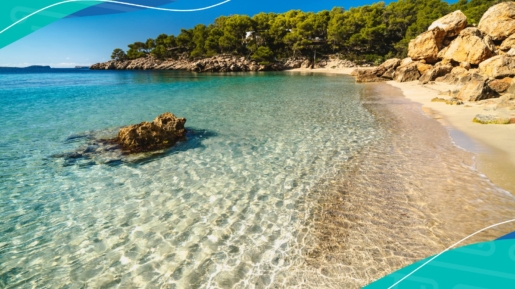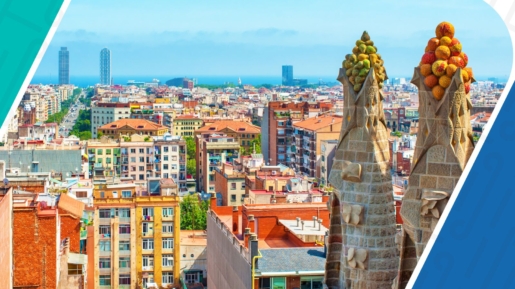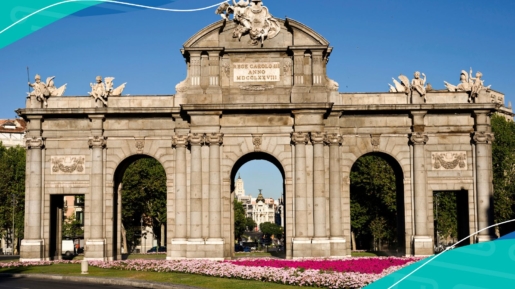Tag Archive for: Tourism

The 12 most charming beach towns in Spain
Spain's best beach towns have it all: amazing beaches, vibrant…

What Are 14 Things Spain is Known For?
Things Spain is known for go far beyond flamenco and paella.…

8 Of The Hottest Places in Spain
Are you dreaming of a vacation in one of the most picturesque…

Where Should I Go For My First Time in Spain?
Are you ready to have an unforgettable experience on your first…

5 Spectacular Road Trips Around Spain
Spectacular road trips around Spain provide the perfect opportunity…

14 Most Romantic Places in Spain
Spain is one of Europe's most picturesque and romantic countries,…

Currency of Spain for Expats: Euro Guide & Money Tips
Thinking of moving to Spain or already living the expat life?…

15 Most Famous Malls in Spain
Have you ever fantasized about exploring Europe's greatest malls…

Intu Xanadú in Spain: 5 facts about the biggest mall in Madrid
When you think of moving to Spain, sunny beaches, rich culture,…

Exploring the Seasons in Spain
Spain is a country known for its rich cultural heritage, vibrant…

Climate in Spain: Types and Locations Discussed
In general, the climate in Spain consists of hot summers and…

10 Of The Best Airports in Spain
If you're planning a trip to Spain, one of the first things you'll…

Spanish Airports: The 10 Most Used Airports in Spain
Spanish Airports are essential to Spain because the country gets…

Ski in Spain: The Best Locations Discussed
Spain is a renowned tourist destination for its sunny weather…
